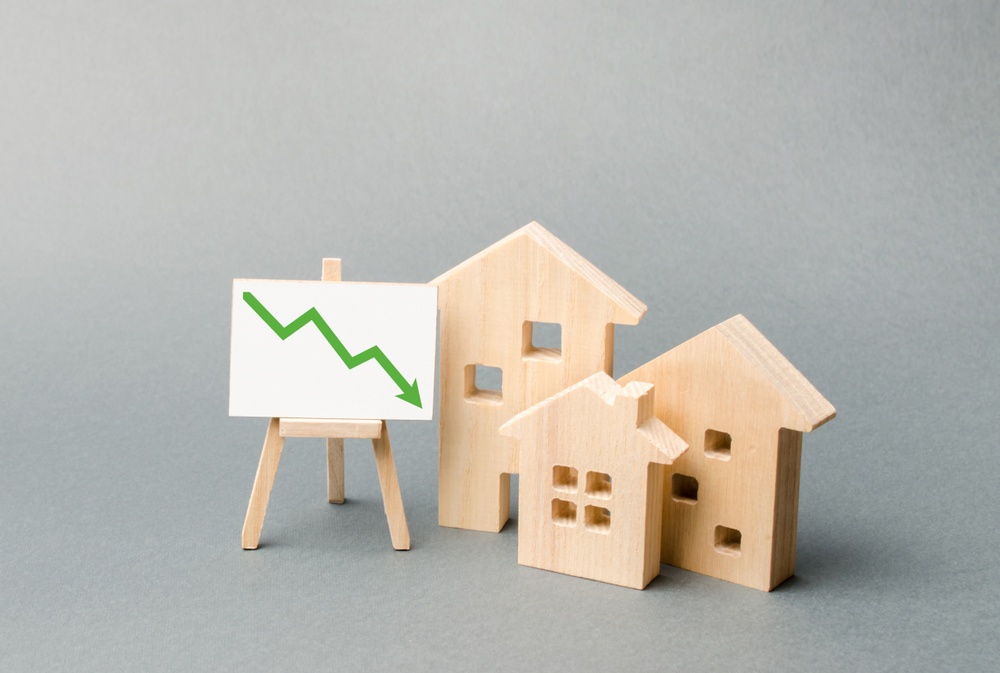First-time Buyer
Over 80% of borrowers searching for fixed rate mortgages

Eight in ten people looking for a mortgage in August were seeking out a fixed rate deal, figures reveal.
Just over a third (36 per cent) of would-be borrowers were looking for a two-year fixed rate mortgage and more than a quarter (28 per cent) wanted a five-year product, according to Moneyfacts.
With just under nine in ten (87 per cent) of all fixed rate mortgages available on the market being either two or five-year initial rate deals, mortgage providers are “recognising consumer sentiments in these two sectors”, said Darren Cook, head of analyser products at the data firm.
Longer term financial stability may also be in the forefront of borrowers’ minds, with just under nine per cent of demand taken up by those looking for a 10-year fixed rate mortgage.
Rates on fixed deals remain competitive, Moneyfacts data shows.
The average five-year fixed rate is now 2.63 per cent, down from 3.04 per cent in 2016. That means those whose five-year fixed rate mortgages from 2016 are now maturing should be able to secure a better deal.
Similarly, the average rate for two-year fixed mortgages is 2.38 per cent, 0.08 per cent below where the equivalent rate was in September 2019, so those coming off a two-year fixed rate may also be able to find a more competitive deal now than they had in 2019.
Cook said: “Mortgage consumers appear to appreciate the effect the Bank of England base rate and future inflation rates may have on interest rates as a whole and what type of mortgage they are looking at applying for.
“Our latest research shows that over eight in ten (81.04 per cent) consumers looking for a new mortgage during August, searched for the availability of a fixed rate mortgage. That leaves less than 20 per cent of consumers searching for a variable rate mortgages, which may indicate that a vast majority of potential new mortgage holders may be more risk-averse in the current economic climate.”